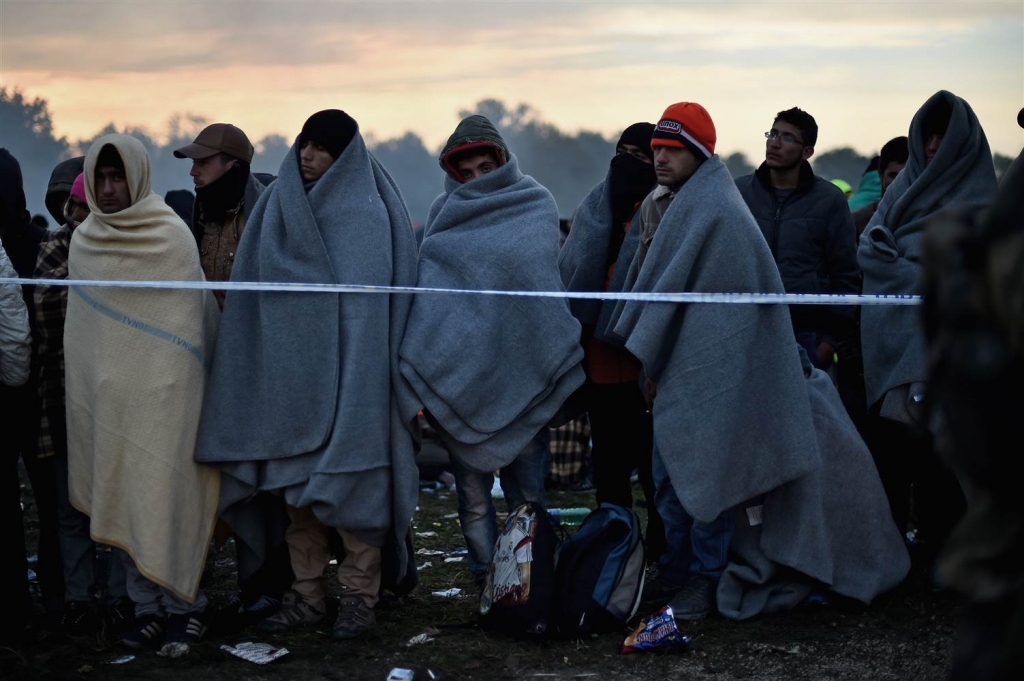-
Tips for becoming a good boxer - November 6, 2020
-
7 expert tips for making your hens night a memorable one - November 6, 2020
-
5 reasons to host your Christmas party on a cruise boat - November 6, 2020
-
What to do when you’re charged with a crime - November 6, 2020
-
Should you get one or multiple dogs? Here’s all you need to know - November 3, 2020
-
A Guide: How to Build Your Very Own Magic Mirror - February 14, 2019
-
Our Top Inspirational Baseball Stars - November 24, 2018
-
Five Tech Tools That Will Help You Turn Your Blog into a Business - November 24, 2018
-
How to Indulge on Vacation without Expanding Your Waist - November 9, 2018
-
5 Strategies for Businesses to Appeal to Today’s Increasingly Mobile-Crazed Customers - November 9, 2018
Austria considering building border with Slovenia
Austria on Wednesday outlined plans to build barriers including a fence at a busy border crossing to slow an influx of migrants as Germany accused Austrian authorities of shuttling groups of refugees in its direction after dark.
Advertisement
“I have commissioned plans for special construction measures”, Austrian Interior Minister Johanna Mikl-Leitner told reporters, according to Austria’s APA news agency.
The first five border guards – all German – of 400 promised to Slovenia by fellow European Union countries are expected to arrive on Wednesday to help channel a huge flow of migrants through the tiny Alpine state, its government said.
A group of migrants walk along a road after crossing the border between Austria and Germany in Wegscheid near Passau, Germany, Wednesday, October 28, 2015.
Mikl-Leitner, a member of the conservative ÖVP party, added that the situation risked escalating as people were forced to wait in freezing temperatures for hours before being allowed to cross from one nation into another.
Slovenia on Tuesday also hinted that it was considering fences, on its border with Croatia. However. this statement included no reference to building a border fence. Austrian officials say thousands of refugees and other migrants have spent the night outdoors in cold fall weather as authorities struggle to keep up with the steady flow.
More than 700,000 migrants and refugees have already landed on the continent’s southern shores so far this year, the majority from Syria, Iraq and Afghanistan. Germany has implemented a plan to streamline the asylum process for those fleeing civil war, such as Syrians, to settle them more quickly, but also to more rapidly send home those whose case for asylum is weak.
Experts here and figures from political and economic circles say that her frequent visits to China, the most among all German chancellors and a record among European leaders are aimed at forging “special” ties with the world’s second largest economy.
The move was a hard test for European solidarity and a number of countries in the eastern bloc criticized Germany’s move, which made their countries conduits for thousands of migrants trying to reach more prosperous northern Europe.
A few 50,000 places will be created across Balkan countries such as Macedonia and Serbia, while the other half will be located in Greece.
“The gap between the pledges and what is on the table must be reduced, otherwise we are losing all kinds of credibility”, European Commission President Jean-Claude Juncker told EU lawmakers.
Advertisement
“Member states have been moving slowly at a time when they should be running”, he said.





























